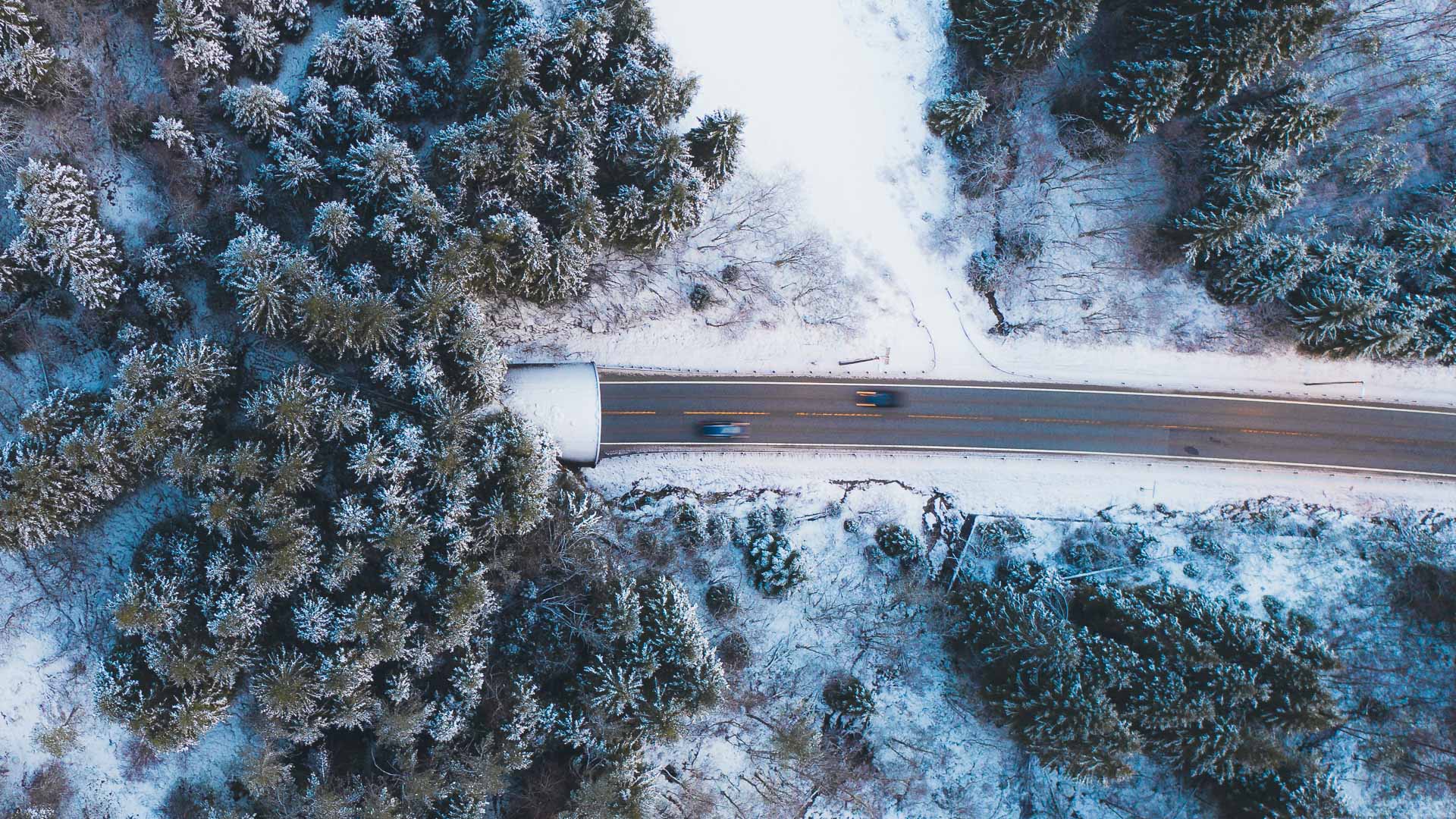Shutter speed is the most important technical aspect to master in the craft of Photography.
New to Photography?
Read about the basics of Exposure and the Exposure Triangle first!
For some of you who may have been shooting for a while, this statement perhaps may come as a surprise - there are so many photographers (even experienced photographers) who shoot primarily in Aperture priority. However, most of them don't have a good justification for doing so. Don't let that be you. "Just because", or "Because everyone else does it" is not a good way to level up your craft. There's a time and a place for everything. Be intentional.
Nevertheless, it’s still no less accurate that Shutter speed is the most important. Here’s why:
Why is Shutter Speed so important?
A photograph quite literally is a representation of time: a slice of it, a frozen memory, an encapsulated emotion. The role of Shutter speed is to illustrate that time.
You as a photographer do that by skilfully manipulating how fast the shutter speed is relative to how you want to illustrate the scene.
A slow shutter speed (think 1/10sec and slower) will cause motion blur in most cases. A fast shutter speed (think 1/400sec and faster) will freeze motion in most cases.
Neither is intrinsically right or wrong at any given time; instead, it’s up to you as a photographer to determine whether your execution meets your intention.
In addition, when thinking about most cases where we take images, for the majority of them, we’re freezing action. This brings me to my next point:
Shutter speed is the lead determining factor to sharp images.
Even on a kit lens with an entry-level DLSR and all other settings dialled in correctly, images can be sharp if your shutter speed is fast and your focus is good. This is an important concept to remember because you can never sharpen back a blurry image. A blurry image is blurry forever.

Shutter Speed as a part of the Exposure Triangle
In my opinion, Shutter Speed is the most important part of the Exposure Triangle.
It controls the most aspects of your image, and physically (unless you’re shooting in Auto), it’s also the setting you change most frequently.
When deciding on what to prioritise when it comes to learning the technical craft of Photography, I’d recommend spending your time mastering Shutter Speed over both ISO and Aperture. Here’s why:
Shutter speed compared to ISO
The thing about ISO is that grain and artefacts created from excess ISO usage can be fixed in editing. There are many methods to reduce noise, to get rid of colour artefacts, to “fake” lost dynamic range (advanced), and so on.
Plus, a little bit of grain doesn’t make or break the image. It’s no big deal.
Shutter speed compared to Aperture
The thing about Aperture is that depth of field, shallow or deep, again, is not going to make or break your image. The usage of depth of field is an addition to the overall dimension of the image, rather than the defining feature of it. Buttery smooth, shallow depth of field is nice, but a good image will stand on its own two feet without it.
Side note: Focus is the only other thing that comes close in importance
When thinking about where to prioritise your attention, your ability to focus your images correctly is a very close second to Shutter Speed.
Although it’s not a part of the Exposure Triangle, it’s worth noting here because of the close relationship between focus and Shutter Speed.
You can capture an image with the perfect shutter speed, but if your focus is off, the shot is ruined. Conversely, you can have the perfect focus, but if your shutter speed is off, it also could potentially ruin the image.
Therefore, in addition to Shutter Speed, it’s worth also devoting some serious time mastering the many methods and functions of modern auto-focus.

How to think about Shutter Speed before taking an image
When approaching a potential photograph, technically, I think about Shutter speed first and again last. Here’s how my mind works when I’m thinking about capturing an image:
- What Shutter speed do I need for this shot? And is my camera set to the right speed?
- What’s my focus settings like? And is my camera set up correctly for this subject?
- Do I need a shallow or deep depth of field for this image?
- (I either have my ISO set to 100, or Auto as a range between 100 - 6400 in lower light situations) Is fixed or auto ISO the right thing here?
- Are my focus settings okay now?
- Is my shutter speed the right speed?
- Okay, take the shot.
Doing these quick mental checks ensures that you walk away with usable images every single time. I very rarely “miss” a shot (which means to walk away with something that’s missed focus or is too blurry or otherwise unusable) when I use these mental checks.
Consider doing these too. It will improve your strike rate of usable images.
Shutter speed recommendations
So then, how do we know what shutter speed is the “right” one for any given scenario?
That’s what we’ll answer here, but first, let me challenge you to do away with Aperture priority. Try to stop using any semi-auto shooting modes for now, and for the first few years of your Photography. Switch your camera to Manual, set the Aperture to the fastest you can for the lens to start with, put your ISO to Auto in a range (like 100 - 6400), and practice nailing your Shutter speed. The other stuff can wait.
An easy way to think about the right Shutter speed is by breaking them up into two categories: moving subjects and still subjects. Moving subjects are naturally more difficult to get “right” than still subjects like landscapes etc. but there’s still a bit of theory here too.
Moving subjects
When photographing moving subjects like people, there’s a lot of variables at play: people can be unpredictable, the environment can change, sometimes there might be uncontrollable movement with your camera etc.
When objects move within your scene, they move at variable speeds. Of course, this rate is too difficult to define as a concrete rule, but generally, the bigger the subject or the faster they are moving, the faster the shutter speed you need.
The idea of the size of your subject in your scene is essential and not something that’s taught a lot. However, it’s essential because bigger (or closer) subjects, even if moving at the same speed physically as other subjects, will be travelling faster through your scene. This makes sense because the bigger something is in your scene, the less visual distance it has to travel across it, even if it’s physically moving the same speed as another subject on the same plane of focus.
Visualise this You’re at a stadium watching Olympic runners. You’re in the crowd, and the runners start sprinting. You take your camera out and start shooting them. They’re going fast, but you can keep up. Snap snap snap. But then, somebody in the stands decides he wants a beer, he gets up and walks right through your shot. But even though he’s walking ten times slower than the runners in your scene, he’s in and out of your viewfinder before the runners have even made the next turn. The bigger or closer the subject, the faster they move.
Now, as a general guideline, here’s some recommended Shutter speed ranges to use. Note that these are just a place to start, and things will always change depending on your context:
Be worried - Anything lower than 1/200sec
Absolute minimum - 1/400sec. Good for small subjects.
Ideal - 1/1000sec+. Good for Portraits, Street, Sport, etc. Faster is better.
Detail shots in sports - 1/4000sec+. A tennis player on average serves at 180kmh. A 400mm detail shot of the /millisecond the ball connects with the racket is one where everything is moving so damn fast, you need something to keep up.
Still subjects
Still subjects seem pretty easy to shoot, and for the most part, they are, but the issues you’ll face here are self-induced.
What I mean by that is operator camera shake. The difference between a “passably sharp” image and an “absolutely tack sharp” image is how well you combat operator camera shake.
This means bracing yourself, steadying yourself before you take the shot. If you’re fortunate to have in-body stabilisation, that’s great, but a good photographer is good regardless of the camera they have, so remembering to steady yourself is always a good idea.
The other part to reducing operator camera shake is one of battling the gear we use, namely, our lens choice.

Over your focal length
Over your focal length is the idea that there’s a minimum shutter speed relative to your focal length that is required as a baseline to ensure you get a sharp shot. This is irrespective of the subjects you might see in your scene (like a random bird in a landscape or something).
This idea comes about because the longer your focal length, the more zoomed in to your scene you are, causing your viewport to move faster through the scene, and thus your image becomes increasingly susceptible to things like your hands shaking.
As an exercise, try this yourself: Put on something wide, like anywhere between 16mm to 35mm (Full-frame equivalent) and just look through the viewfinder while moving your camera around.
Now, do the same thing with a longer focal length like 50mm+. You’ll see that it takes far less movement of your hands to change the viewport of your scene completely. It’s this speed that we need to compensate for.
So my baseline recommendation is this:
Between 1 to 3 times your focal length (1-3 x FL)
This recommendation is a multiplying scale, and is the absolute lowest I’d recommend you should have when shooting still scenes. You should aim for higher than these numbers.
The multipliers work like this:
- Less than 35mm = 1 x FL
- 35mm to 299mm = 2 x FL
- 300mm or more = 3+ x FL
Examples:
If shooting @ 16mm = 1/15sec (although you’re pushing it here pal. Better be pretty steady)
If shooting @ 35mm = 1/40sec (rounded from 1/35)
If shooting @ 50mm = 1/100sec
If shooting @ 150mm = 1/400 sec (rounded from 1/300)
If shooting @ 600mm = 1/2000sec (rounded from 1/1800)
Of course, err on the side of faster rather than slower because again, you can never sharpen back a blurry image. And keep in mind that these are the absolute minimum values you should use, and ideally, you should be striving for 2 or 3 times these ranges when you can.
Side note These figures are actually an extension based off a common formula called “1 over your focal length”, but in practice, I’ve found that this formula doesn’t work that well, as it doesn’t account for scaling as your focal length increases. 1/200sec for a 200mm image without IBIS doesn’t produce tack-sharp results reliably. Thus, I created my own formula that has never failed me in the many years I’ve been using it.
All these tips together will ensure that you master Shutter Speed and walk away from most scenes with more keepers than you previously did.
tl;dr
Shutter Speed is the most important technical aspect to master of all three corners of the Exposure Triangle, as it controls the most amount of variables in any given scene.
It’s worth spending quite a bit of time experimenting and memorising the various recommended Shutter Speeds for different scenes (as mentioned in the “Shutter Speed Recommendations” section) and to start to build up an intuitive feel for which Shutter Speed is right for any given image.
Eventually, you’ll get to the point where you can “rack” your Shutter Speed in a single second for any given type of image, but for now, try to practice the recommendations for moving and still subjects.



